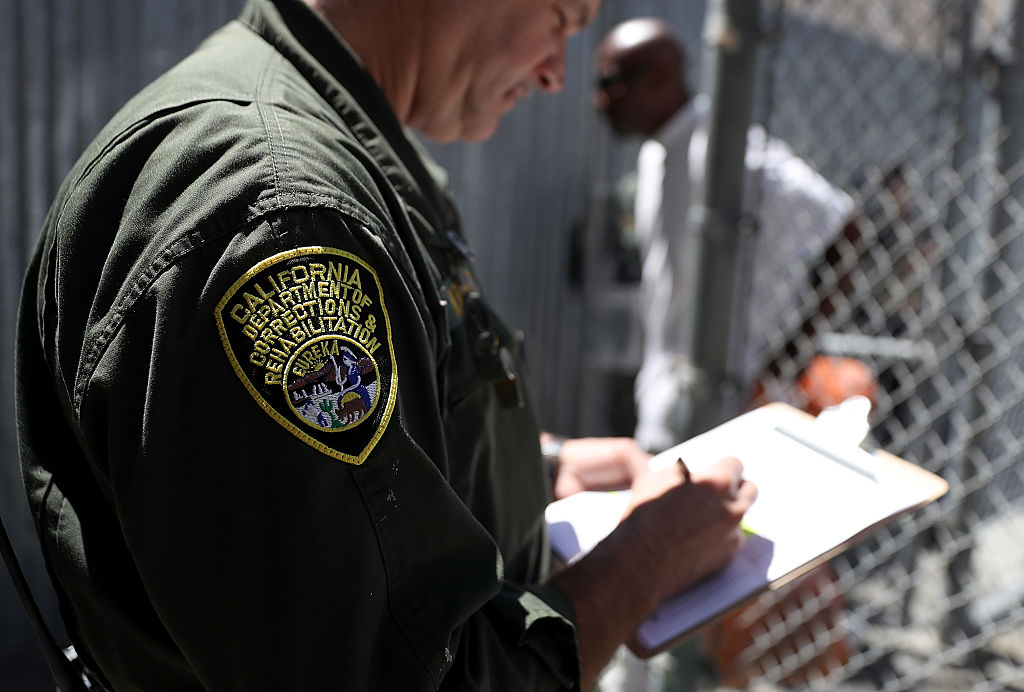The City of San Diego has declared a State of Emergency to help expedite the permits it needs to clean out storm water channels ahead of El Nino. NBC7’s Wendy Fry asked city leaders why they haven’t been cleaning up these storm channels all along.
San Diego was the first city in California to declare a local state of emergency in anticipation of El Nino, and it did so in part to speed up clearing clogged storm drains.
There is a 95 percent chance the upcoming El Nino will soak San Diego and the rest of Southern California through spring 2016, weather experts told San Diego City leaders at a preparation hearing last month.
However, extensive regulatory red tape has slowed down the preparation process.
State officials said declaring a state of emergency, which will allow the city to access state and federal funding faster, is unusual.
San Diego City Councilman Scott Sherman said the city hasn't been clearing out debris in some storm channels, even ahead of El Nino, because it can be difficult to get the permits.
"To give you an example, Alvarado Creek, which we just cleaned last month, dredged all the way back down to its natural concrete state, so to speak," Sherman said. "I started working on that the day I got into office three years ago. It's taken us that long with all these different regulatory agencies to get the permits."
City Spokesman Bill Harris said a state of emergency declaration may not help at all -- city officials just aren't sure. He said it remains unclear if the different regulatory agencies are going to recognize San Diego's state of emergency as El Nino approaches.
"What we’re hoping this will do is two-fold really. It’s helping our city staff get the permits in place so when the state of emergency comes, we’re ready to go," Sherman said. "Also, it gets word to the governor that hey, we need a statewide state of emergency to make your end of the permitting process go much smoother and quicker."
One problem the city has is since a lot of trees and brush have grown in in places like Chollas Creek and Alvarado Creek, all that growth now makes it, under the law, essentially a fresh water wetland.
"The only reason this so-called wetland even exists in the first place is because we haven’t maintained these, for budgetary or whatever reasons, these concrete channels for a long time. So the dirt builds up, bushes start to grow, and it’s considered a wetland and then we have to go through all this regulatory process," Sherman said.
The city has to go through a lengthy environmental regulatory process to return the channels to their natural state of cement.
For every one acre that's removed, the city has to buy and reserve wildlife habitats for four additional acres. Environmental advocates say it's that way because the city neglected the channels for so long that they do become habitats.
Another issue can be channel ownership. If the city does not own the channels, the process can be a lot longer.
Local
For a property owner to get the required permits to clean out a storm water drain, it has to go through at least five different regulatory agencies: the Department of Fish and Wildlife, the State Department of Fish and Wildlife, U.S. Army Corps of Engineers, the Storm Water Division and the Regional Water Quality Control Board.
"Just to fix it, that’s what they want and that’s what we’ve been trying to do, and there have been occasions where we’ve had to go in on an emergency basis after a flood and just hope we don’t get fined," Sherman said. "Hopefully this will make it so we don’t have to go to those drastic steps when El Nino gets here."
Residents with questions about El Niño can check a special website by clicking here. The site has many resources for city of San Diego residents, including maps of high-risk areas.



